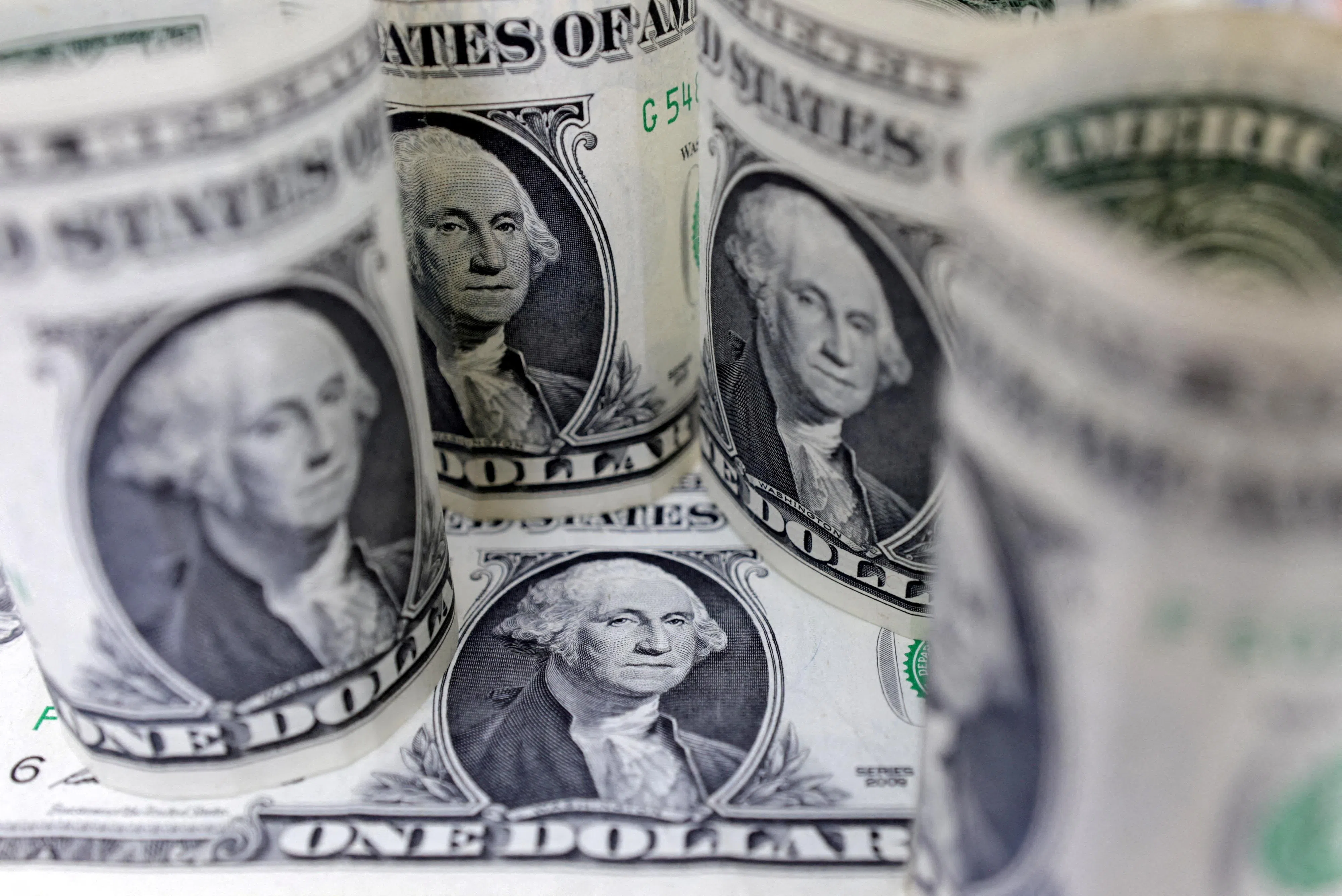THE US dollar inched higher on Tuesday (May 7) while the yen slipped as wide interest rate differentials weighed, despite fresh warnings from Japanese officials following two rounds of suspected US dollar-selling intervention last week.
The Australian dollar fell from a near two-month high against its US counterpart after the Reserve Bank of Australia refrained from ramping up hawkish signals, as some traders had anticipated.
The US dollar index – which measures the currency against six major peers, including the yen, sterling and euro – was up 0.1 per cent at 105.23, after dipping as low as 104.52 on Friday.
The index is up nearly 4 per cent this year but fell almost 1 per cent last week after the Federal Reserve ruled out further rate hikes and there were signs of a softening US labour market.
“Overall we’re still more structurally positive on US macro as a whole and think that is what is going to support the US dollar in the coming year,” said Kirstine Kundby-Nielsen, FX analyst at Danske Bank.
The US dollar was last up 0.4 per cent at 154.51 yen, adding to its 0.6 per cent gain on Monday.
GET BT IN YOUR INBOX DAILY
Start and end each day with the latest news stories and analyses delivered straight to your inbox.
On Friday, it sank as low as 151.86 yen for the first time since Apr 10, as the soft US jobs data fed losses following Bank of Japan data that suggested official intervention could have amounted to some nine trillion yen (S$79 billion).
Japan’s finance ministry has refrained from commenting on whether it was behind the US dollar selling, but top currency diplomat Masato Kanda repeated on Tuesday that the government “will continue to take the same firm approach” to disorderly yen moves.
He also acknowledged that an orderly market would not require the government to step in.
“Kanda noted that there was no need to intervene when markets are functioning properly, implying that they have not been functioning properly of late,” said Colin Asher, senior economist at Mizuho.
The carry trade remains a draw, with a Federal Reserve rate cut likely to take some time and the Bank of Japan taking a cautious approach to tightening after its first rate hike since 2007 in March, leaving a vast gap of 360 basis points between ultra-low Japanese long-term yields and their US counterparts .
At the same time, DBS analysts estimate that even after last week’s bounce, the yen is still the most undervalued currency in the G10 grouping, while the US dollar remains “highly overvalued”.
“We expect Japan to continue leaning against excessive JPY weakness,” they wrote in a client note.
The Aussie fell after the RBA’s rate decision, where rates were kept unchanged, but the central bank stopped short of reinstating a tightening bias that some had expected as inflation failed to cool by as much as forecast.
In her press conference after the central bank’s widely expected decision, governor Michele Bullock said the board believes monetary policy is at the right level to return inflation to target. The RBA hopes the economy won’t have to face additional rate hikes, Bullock added.
The Australian dollar was last down 0.3 per cent at US$0.6603, retreating from Friday’s high of US$0.6650, a level previously seen on Mar 8.
“It was a bit of ‘buy the rumour and sell the fact,’” said James Kniveton, senior corporate FX dealer at Convera.
“They (the RBA) remain vigilant to upside risk, but the hawkish bias the markets expected has not eventuated.”
The euro was little changed at US$1.0767 and sterling fell 0.2 per cent to US$1.2540 before the Bank of England’s policy announcement on Thursday, where interest rates are likely to be kept unchanged. REUTERS



